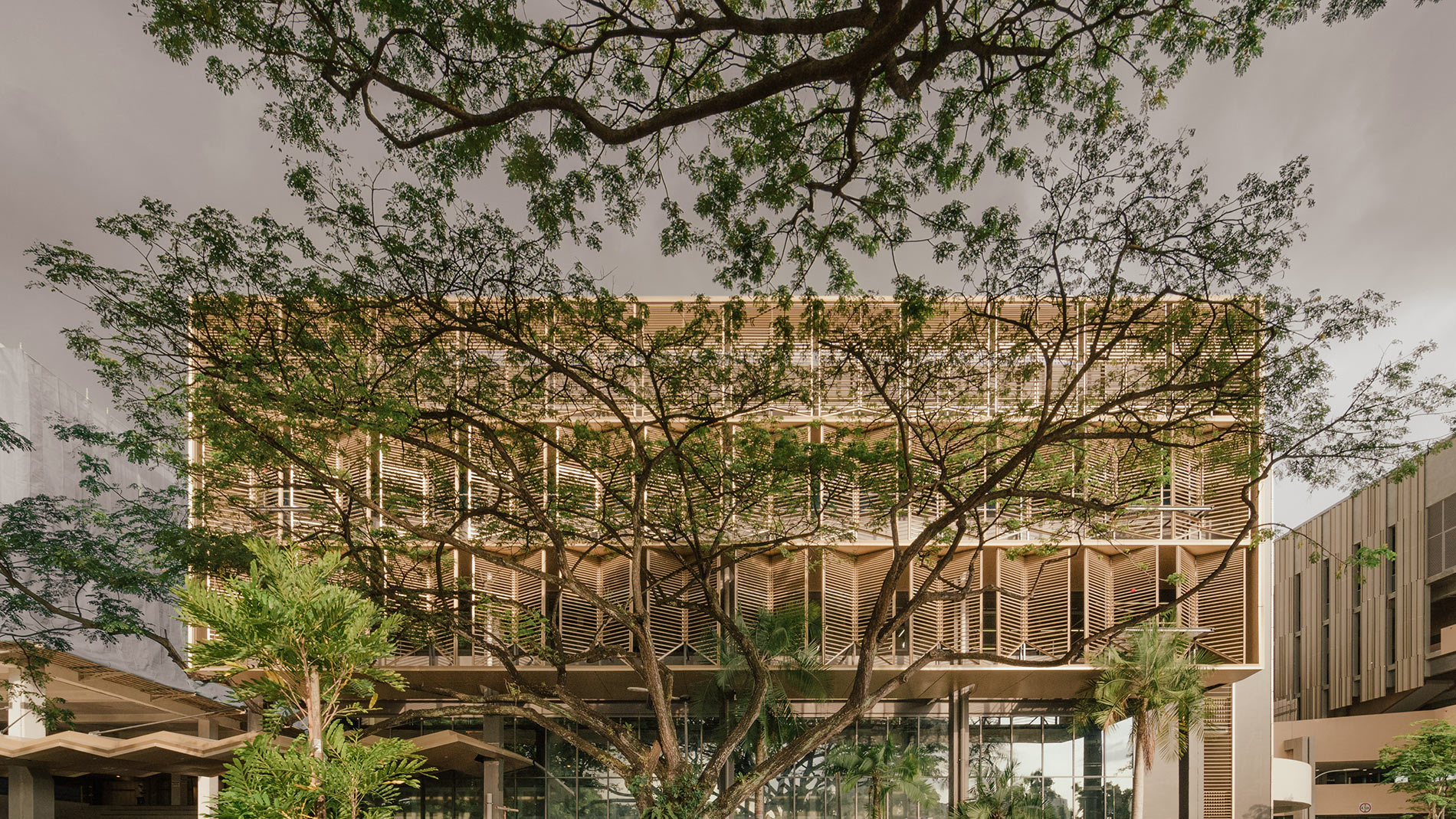Graduate Research Symposium 2023

Urban Design and Human Perspective 2
Time: 10:45AM – 12:20 PM
Venue: Seminar Room 07, SDE3 Floor4
Reviewers: Will Davis and Zhang Ye
Speakers:
JEAN YOU
A MIXED METHODS APPROACH TO STUDY THE IMPACT OF URBAN HEAT STRESS ON THE AGEING POPULATION
Abstract: Heat exposure is not experienced equally by everyone. Especially as the effects of climate change intensifies in urban coastal centers, elevated temperatures pose significant and disparate threats to human health, comfort, and overall urban livability for the diverse populations in varied urban contexts and neighborhoods. Moreover, South East Asia’s demographic trends and projections are demonstrating an increased number of city populations subjected to heat-related stress. Thus, a human-centered approach to heat stress in urban planning and design is becoming increasingly essential to tackle the multi-dimensional challenges of urban heat.
This study specifically aims to understand the factors contributing to heat stress for the ageing population in Singapore by analysing the older persons experience to and from public transportation at the pedestrian level. Complementing the urban morphological approach, the study seeks to examine behavioral, social, and economic considerations to comprehend heat stress perceived by individuals. Existing urban heat vulnerability maps are used to determine high heat risk areas for investigation. Ultimately, starting from a small spatial scale and transect, the study intends to discern both the physical and social contributions to heat stress through a human-centric methodology. By recognizing the diverse needs and vulnerabilities of urban populations and integrating them into urban planning and design strategies at multiple scales, cities can effectively mitigate heat stress impacts, enhance urban livability, and improve the well-being of urban residents.
LIOW ZHENGPING
PUBLIC SUCCESSES BUT PRIVATE BREAKDOWNS’: EXPLORING RELATIONSHIPS BETWEEN ANXIETIES AND ACADEMIC PERFORMANCES IN A CROSS-POLLINATIVE DESIGN STUDIO PEDAGOGY.
Abstract: Design literacy is becoming an essential tenant in our journey toward an increasingly collaborative and inclusive society. Our preoccupation with achieving design literacy has left the ubiquitous One- on-One Master-and-Apprentice studio pedagogy uncontested, leaving learners anxious and underperforming. In addressing these shortcomings, the Cross-pollinative Team Learning (CTL) design studio pedagogy was operationalised in a year-long randomised controlled trial with first- year Generation-Z beginning design students.
Although the impact of both pedagogies on anxiety was relatively modest, CTL students were significantly less anxious compared to Master-and-Apprentice facilitated students at the end of the year. The CTL’s hidden curriculum and social support were believed to have enabled CTL students to outperform One-on- One peers academically. This research contends that these advantages can be acquired by recalibrating the power structures of design studios.
LI JINGYI
Technology-driven study of examining necessary blue- exposure amounts to benefit human mental health and social well-being
Abstract: Discourses concerning the potential health benefits of engaging with waterscapes have gained momentum, with a growing consensus on their positive influences on human mental health and social well-being. Integral to this process is the role of blue and green spaces, namely blue-green infrastructure (BGI), encompassing elements like brooks, wetlands, lakesides and riverfronts which are strategically positioned within parks and urban areas. However, the intricate mechanisms and determinants driving these health-related impacts remain obscured. Besides, exploration of the promising “blue diet” (frequency and duration of exposure) has been limited, owning to variations in BGI types and contexts (e.g., natural blue space, blue infrastructures), modes of engagements (passive observation to active interaction), and diverse socio-cultural backgrounds of users.
To address these gaps, this PhD research leverages technology-driven methodologies for data collection, management and visualization. By integrating traditional research methods such as questionnaires with advanced techniques such as geospatial analysis and social media big data, this research corroborates the role and capacity of smart technologies in exploring BGI’s health-promoting functionality and healthful “blue diet” planning.
The overarching objectives are to: 1) deepen the comprehension of the underlying mechanisms and determinants of BGI’s health impacts, and 2) examine the optimal blue exposure required for promoting mental health and well-being. By achieving these objectives, this research will offer valuable insights on strategically blue resource allocation and blue space designing, particularly in compact cities. The ultimate aspiration is to facilitate more widespread health benefits and sustainable urban development, pursuing the harmonious coexistence of nature and healthy city life.
SEYEDEH NILOOFAR HASHEMI
RETHINKING PUBLIC SPACE: SENSE OF BELONGING AND THE EVERYDAY EXPERIENCES OF MIGRANT MIDDLE EASTERN WOMEN IN LONDON’S PUBLIC SPACES
Abstract: Understanding “sense of belonging” among diaspora communities is a controversial issue as it simultaneously encompasses integration into the host community and maintaining ties with the original homeland.
With a subjective lens towards the study of public spaces, this study examines the way(s) Middle Eastern migrant women transform public spaces in London and how their space appropriation practices help build belonging and reduce the sense of being “othered” by the receiving community. Ethnographic methods and techniques including participant observations, in-depth interviews and walk-along interviews along with photovoice techniques provide thick descriptions of migrant women’s everyday practices in relation to building new ties and sense of belonging in public spaces while also reflecting their homeland’s cultural values. This research will highlight the crucial role of neighborhood communal spaces as places where sense of belonging is created through social encounters and interactions with other (non)migrants.
Findings of this study will provide urban design theory with a detailed understanding of how a multicultural city is appropriated continuously by the ephemeral acts within the daily life of its inhabitants (migrants in the case of this research); and how they claim their right to create belonging in destination cities through producing new relations with both people and place. The research will further highlight the crucial role of values in understanding subjective aspects of public spaces in multicultural cities and hence shed new light on the creation of more inclusive public spaces in the context of multicultural cities.